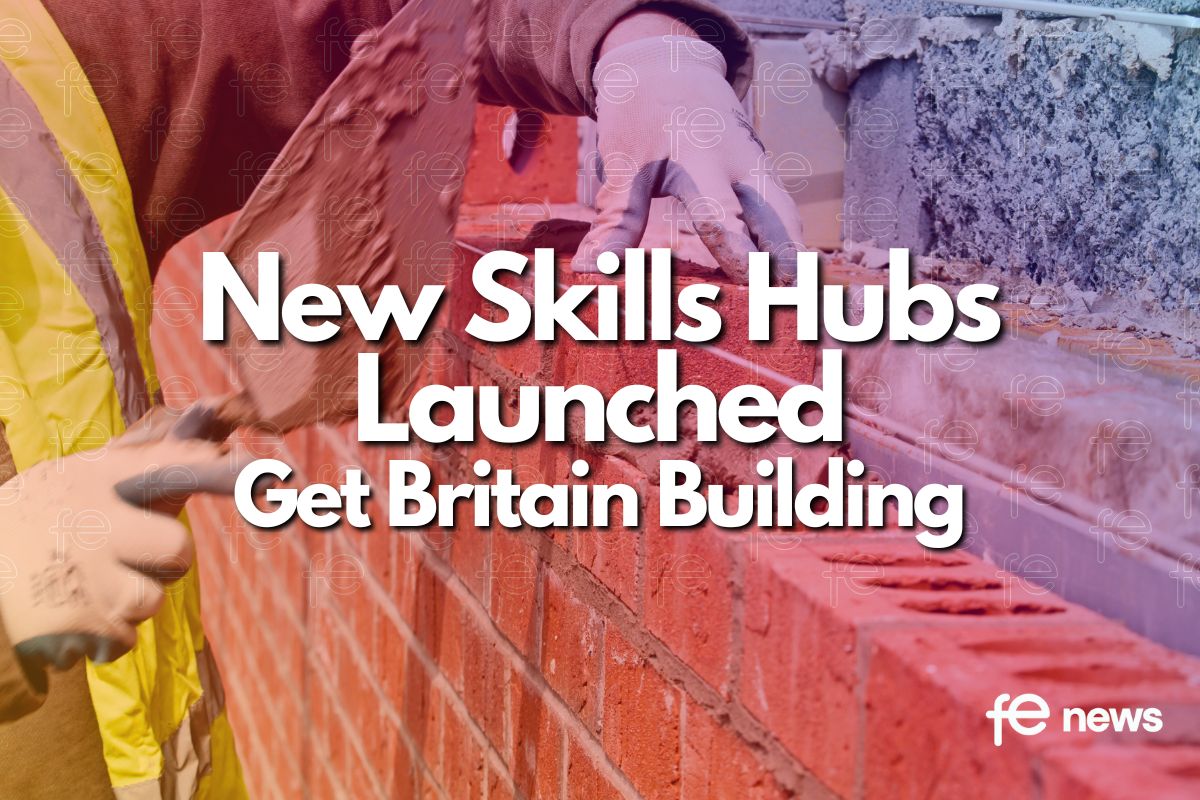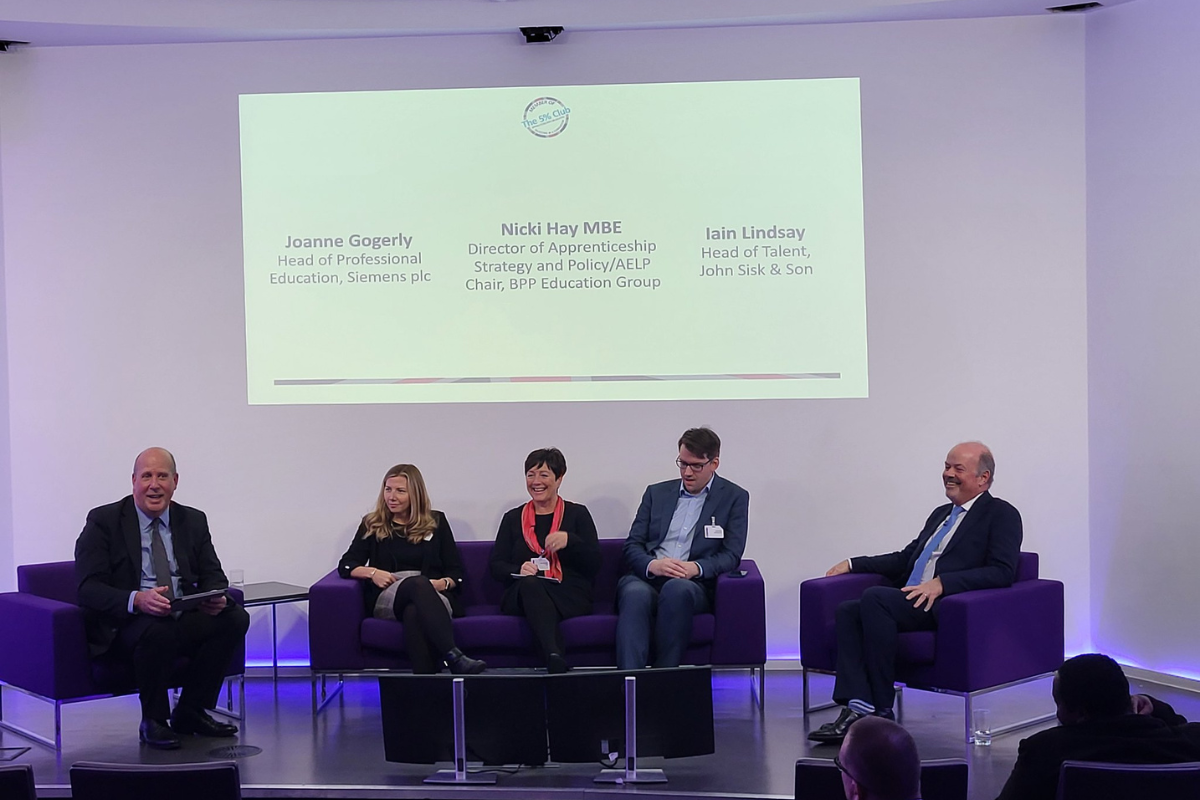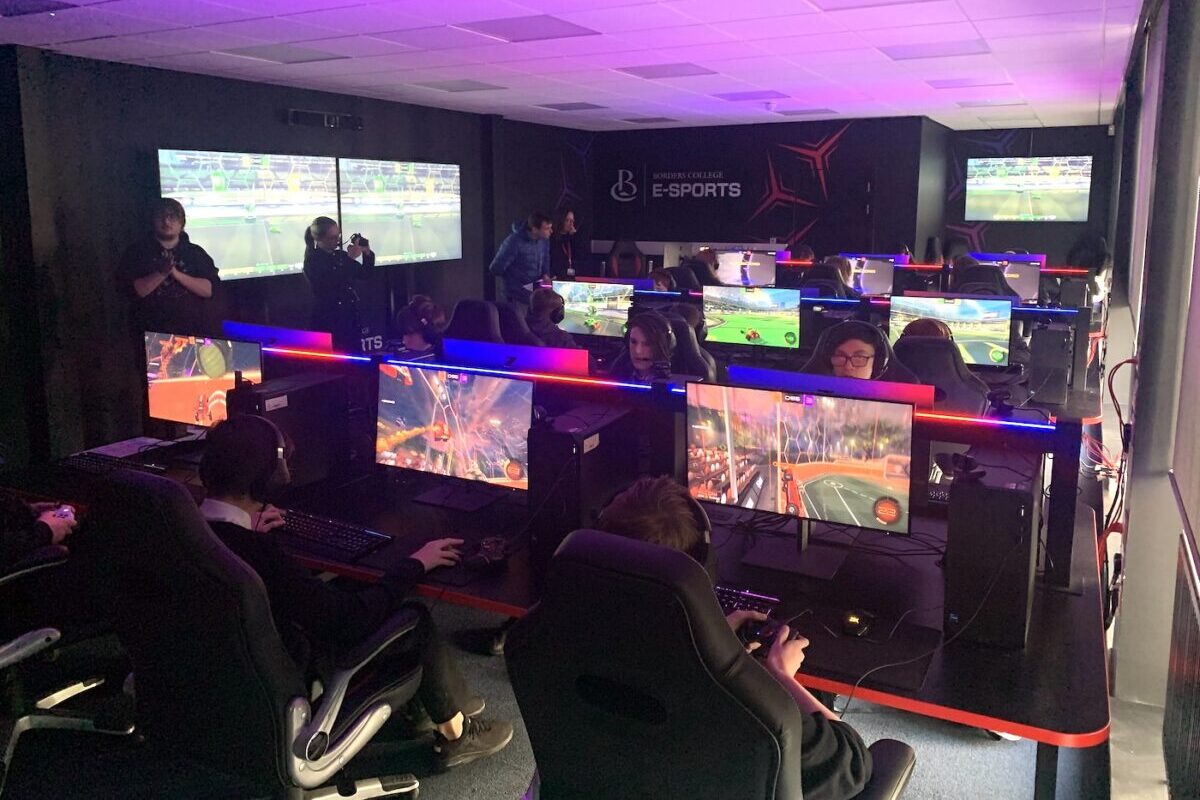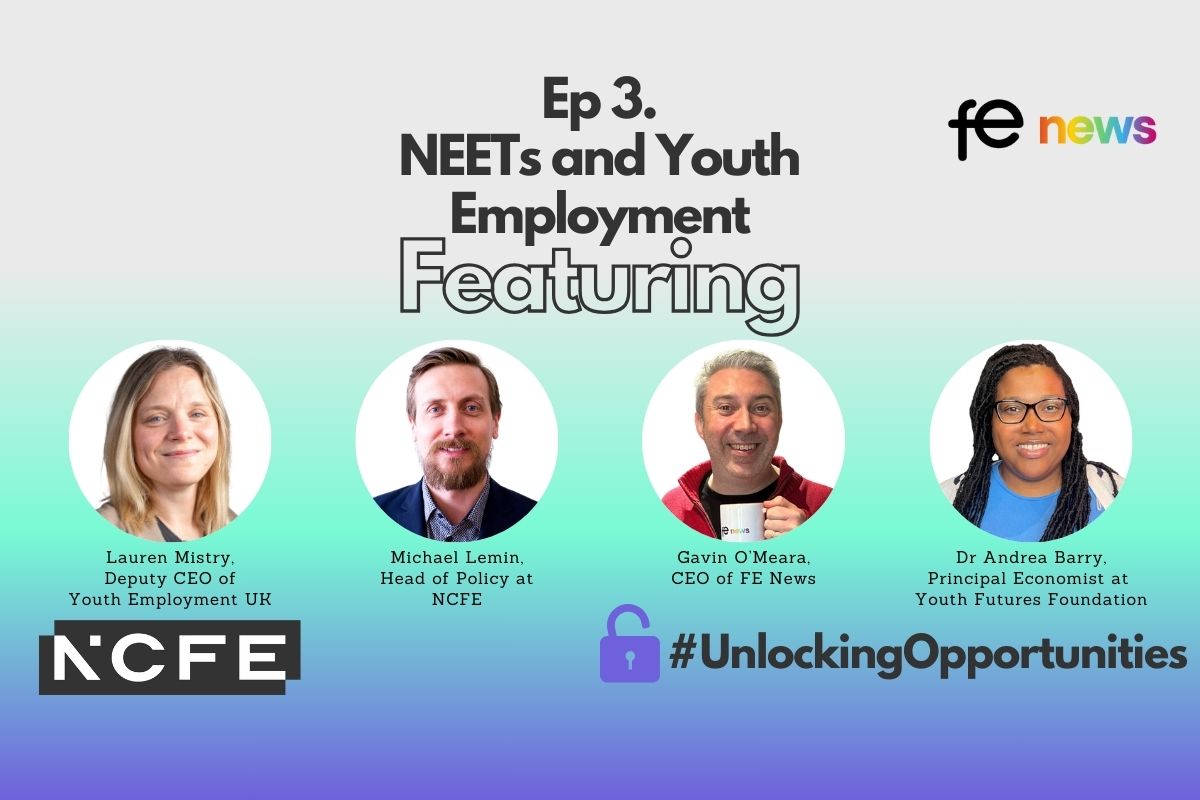STEM aspirations; reframing the narrative

The UK government recently revamped their Government Science & Engineering (GSE) Strategy (July 2021), this aspires to ensure that every aspect of government is supported by a diverse range of people and skills. This scheme recognises the importance of science, technology, engineering, and mathematics (STEM) skills and aims to create a career path from early career to highly influential and effective scientists and engineers for a diverse group of talents.
At the beginning of the National Careers Week during March 2022, Sir Patrick Vallance, The UK Chief Scientific Advisor, posted a tweet about this new STEM strategy and the government commitment to embed science into every aspect of government policy from climate change to transport. He wants to see more scientists and engineers in senior positions to help champion the value of science and engineering.
Having him as the champion of STEM sparked something in our thinking. He is the one figure we saw on TV throughout the pandemic leading the nation out of a critical time and into a safer country. His contribution to solving a life threatening problem brings about a new purpose to STEM, we believe. Science, technology, engineering and mathematics are not just subjects to study at school and college; they should be seen as solutions to future societal problems including climate change and sustainable economies.
Young people have taken a lead in championing the importance of climate change through the Climate Strikes that have taken place across the country over recent years. This has led us to think that we should be reframing the STEM narrative to focus on how young people can pursue these subjects to influence policy and make fundamental changes to their communities, their country and the world. We should be providing them with more authentic examples of what they can do and what changes they can make to the world problems including the climate crisis; more examples like Sir Patrick’s advocacy for STEM right at the beginning of a careers campaign. We should seize the moment and shift the stories we tell our younger generations; putting them, their voice, their creative ideas and problem solving skills at the forefront of future innovations. We need to develop them to be the STEM leaders of the tomorrow and let them see who and what they can become and broaden their aspirations.
Sir Patrick and hundreds of other medical scientists worked so hard to safely carry us out of the pandemic and have truly showcased the innovation and change we can make at societal level through medical science. We need this message at the core of careers interventions aimed at mainstreaming STEM capital, and to shift perceptions and attitudes.
We are not short of statistics telling us how vital STEM skills are for the greener economy and for our competitive advantage. More STEM-oriented metropolitan economies perform strongly on a wide variety of economic indicators, from innovation to employment, Job growth, employment rates, patenting, wages, and exports are all higher in more STEM-based economies.[3] And this strong evidence base has led to hundreds of initiatives around the country to raise the aspiration of our young people to study and pursue a career in STEM. Some remarkable work has been done by third sector leaders to address the issue of access and aspiration.
Looking at today’s figures science participation and engagement has improved overall, but when looking deeper there are still disparities in participation. More young people are taking science, technology, engineering, and maths (STEM) subjects at university than ever before, according to UCAS.[4] Also, between 2010 and 2020, the number of women accepted into full-time STEM undergraduate courses increased by 49%. In the same 10-year span, the number of UK 18-year-olds from disadvantaged backgrounds accepted into full time undergraduate STEM courses increased by 79%. But a subject-by-subject approach reveals a very different picture.
The last decade has certainly seen change, but change that is slowing. Subjects have either stayed level or seen increasing female students and not a balanced growth between girls and boys regardless of their socio-economic background [5]. It’s heartening to see this movement, but it is clear that more needs to be done in order to encourage a diverse set of students into our future STEM workforce especially as the most vulnerable communities are the ones going to be most impacted by the climate crisis and other natural disasters. One can’t help but ask why despite all efforts and investments made to engage young people with STEM subjects and STEM careers we still haven’t fulfilled our mission?
Recently researchers at UCL Institute of Education developed the concept of science capital; science capital encapsulates all of an individual’s science-related resources – their attitudes and understanding of science, science-related interests and activities and social contacts. The research behind this conceptual framework says that there are different layers to developing youth science capital. However, two of the dimensions underlines the discussion in this article.
When young people don’t see science as relevant to their everyday life, they seem to find it more difficult to engage with the subject. Equally when they don’t know about the transferability of science or understanding the utility and broad application of scientific skills, knowledge and qualifications, they disengage. In a study undertaken by Welcome Trust in 2020, most students do not see science as relevant to their everyday life. Two in five young people in years 7–13 (41%) considered an understanding of science as important to their everyday life.
In a world where insights and information about vaccine advancements, technological inventions and advocacy for green jobs and green skills comes right, left and centre on every social media channel and TV, how come young people still can’t see the relevance of science to their everyday life? Scientific and technological issues increasingly dominate the national discourse, from environmental debates on climate change and economic threats from invasive species, to concerns about cloning, genetically modified food and the use of vaccines. New advances in areas such as medicine, genetics, communications and energy all directly affect our lives and we hear about them constantly. All involve STEM capital!
Another interesting finding in Science Education Tracker by Welcome Trust (ibid) is that experience of practical work is key to motivating students into science, especially among disadvantaged students and those least engaged. Practical work was considered the most motivating aspect of science lessons at school. Nearly 65% of students in years 7–9 and 57% in years 10–13 wanted to do more practical work than they currently do, and this attitude was most common among students traditionally less engaged in science.
We know that engagement with the world of work especially activities such as school-mediated career talks, work experience and volunteering could expose children and young people to the application of their education to the real world. But the evidence base has also continuously underlined the unequal distribution of access to opportunities and experiences of the world of work among young people. This is echoed in recent research by the Sutton Trust [8]; only a third of students in year 13 have completed work experience and students from fee-paying schools have better access to opportunities.
The point of the matter is that we need to reframe the narrative for young people when it comes to why STEM participation is important for our country; that they can be at the centre of future solutions to the world problems and that includes the climate crisis. We need Scientists, Engineers and other STEM leaders to carry us through these uncertain times and create a safer more sustainable place for everyone especially for the most vulnerable. This will repurpose or perhaps reconstruct the current perceptions young people hold against subjects such as math and science. It may prevent them from thinking that “science is not for me”, or science is not relevant to their life.
And perhaps a perfect place to start these kind of dialogues are through career activities and as stated by young people themselves [9]. They find work experience, volunteering and career talks helpful because it provides authentic examples of how ordinary people can change the course of the future by innovation and creativity. Research by iCeGS (2013)[10] identified that STEM related learning and careers activities were not always integrated, which meant that the relationship between STEM and careers was not always explicit. Change is observed since. Schools and colleges have been reporting closer links between taught subjects and careers through The Gatsby Benchmarks, particularly Benchmark 4 Linking ‘Curriculum Learning to Careers’[11]. The Benchmarks offer the opportunity to integrate STEM and careers across the whole curriculum facilitating young people’s understanding of the inter-connectivity of their current education and the future needs of the planet. But perhaps more needs to be done so the message finally gets through.
By Dr Elnaz Kashefpakdel, Head of Research, Speakers for Schools and Visiting Research Fellow, International Centre for Guidance Studies (iCeGS), University of Derby and Professor Siobhan Neary, Professor of Career Development Practice, International Centre for Guidance Studies (iCeGS), University of Derby
[3] https://www.brookings.edu/research/the-hidden-stem-economy/
[4] https://educationhub.blog.gov.uk/2021/02/09/more-young-people-are-taking-stem-subjects-than-ever-before/
[5] https://www.wisecampaign.org.uk/analysis-of-2021-gcse-core-stem-entrants-record-grades-in-stem-although-numbers-opting-for-non-core-stem-subjects-fell-considerably/
[8] https://www.suttontrust.com/wp-content/uploads/2022/03/Paving-the-Way.pdf
[9] https://www.speakersforschools.org/campaign/amplifying-the-voices-of-young-people-through-our-research/#:~:text=Giving%20young%20people%20a%20voice&text=In%20May%20and%20June%202021,make%20up%20for%20lost%20time.
[10] Hutchinson, J. (2013) School Organisation and STEM Career-related Learning. York: National STEM Centre.
[11] https://www.careersandenterprise.co.uk/our-evidence/evidence-and-reports/trends-in-careers-education-2021/











Responses